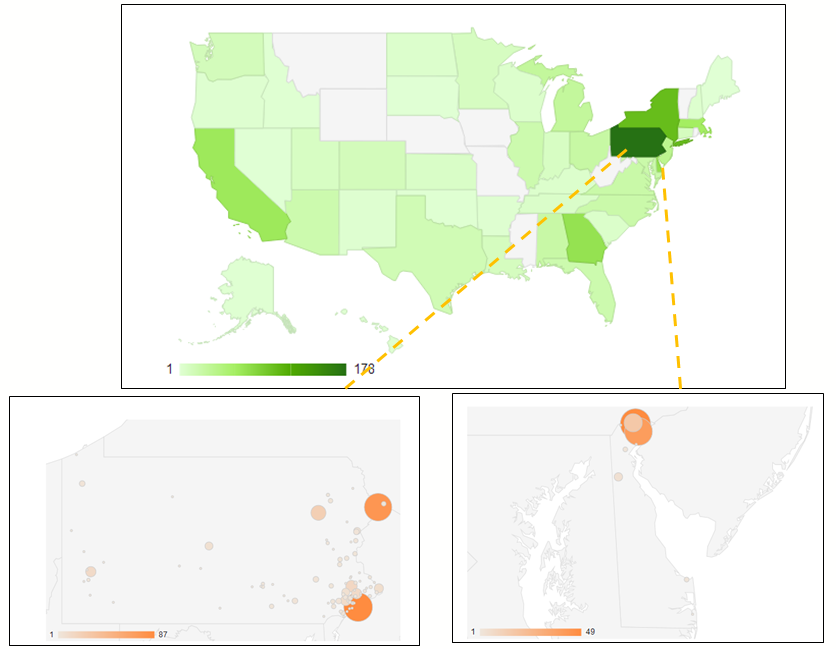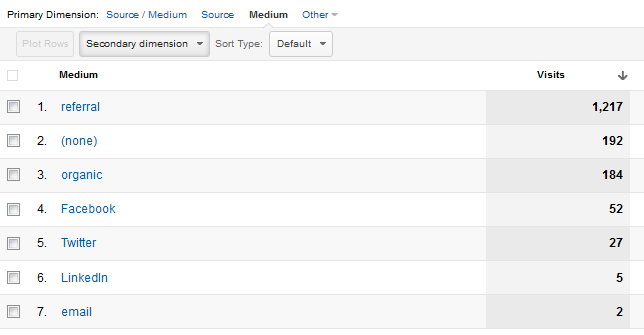Three key metrics small businesses should be tracking
 Google Analytics is a data source powerhouse. It can measure almost everything, so it can be pretty overwhelming. Here are a few key metrics any small business, blogger or marketer just starting out should focus on.
Google Analytics is a data source powerhouse. It can measure almost everything, so it can be pretty overwhelming. Here are a few key metrics any small business, blogger or marketer just starting out should focus on.
Where is my target audience?
In Google Analytics, if you look at your demographics by location, you can get a picture-perfect view of where in the world your audience is coming from. You can break this down by country, state, region and even city.
As a small business, you may want to concentrate your marketing efforts on certain local areas, like Wilmington or Philadelphia. If you have a blog or product for an audience that isn’t location-specific, cast a wide net and cover all 50 states.
How is my web traffic getting to my site?
Traffic Sources tells you exactly how visitors are entering your site. Direct traffic (labeled as “none” in the picture below) measures how many visitors get to your site by entering your website’s URL directly into their browser. Referring sites (“referral” in the picture below) tracks when visitors find your site by clicking on links from other websites. Organic search traffic shows you exactly which search terms visitors typed into Google, Bing or Yahoo to find your site. Lastly, campaigns can keep count of how many visitors found your site through your posts on Facebook, Twitter, LinkedIn and emails, but you will have to set them up with special tracking links through Google URL Builder.
What are they viewing once they are on my site?
Look at the content viewed by your site visitors. This will clearly indicate which products or services your target audience is most interested in. If you see they aren’t spending more than a minute on certain pages (you can find this out by looking at the “average time on page” metric) or if there are high exit rates, you may want to rework your site copy or layout. If you see high bounce rates on your homepage (greater than 80%), it could mean that your site isn’t what visitors are searching for, and you may have to change the promotional messaging that drives them to your site.

Using these three key metrics, you can quickly assess how well your site promotion is doing, and make the appropriate adjustments to direct your target audience to your site and showcase your content.
Sign up to receive our industry trends newsletter:

